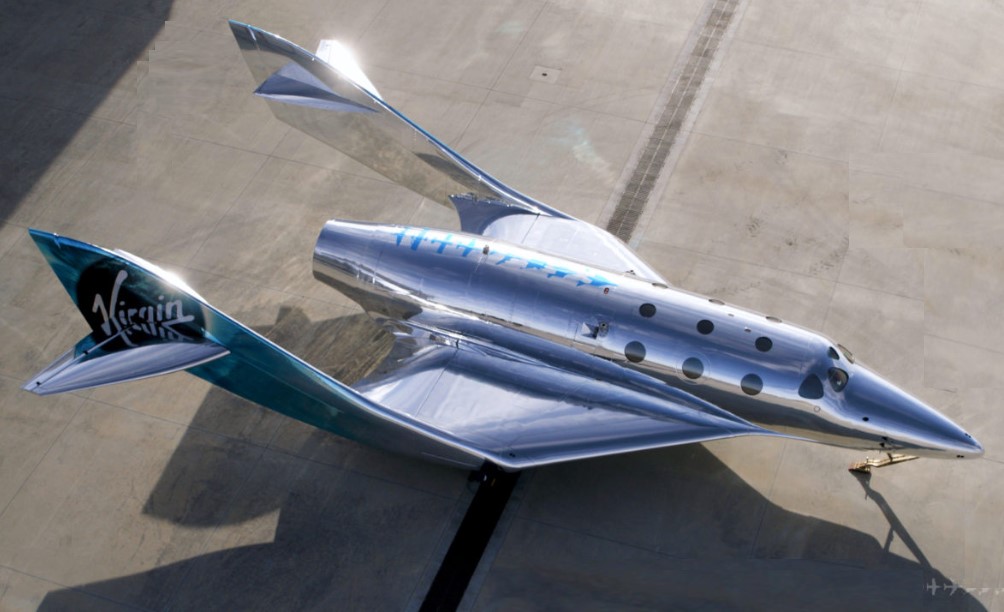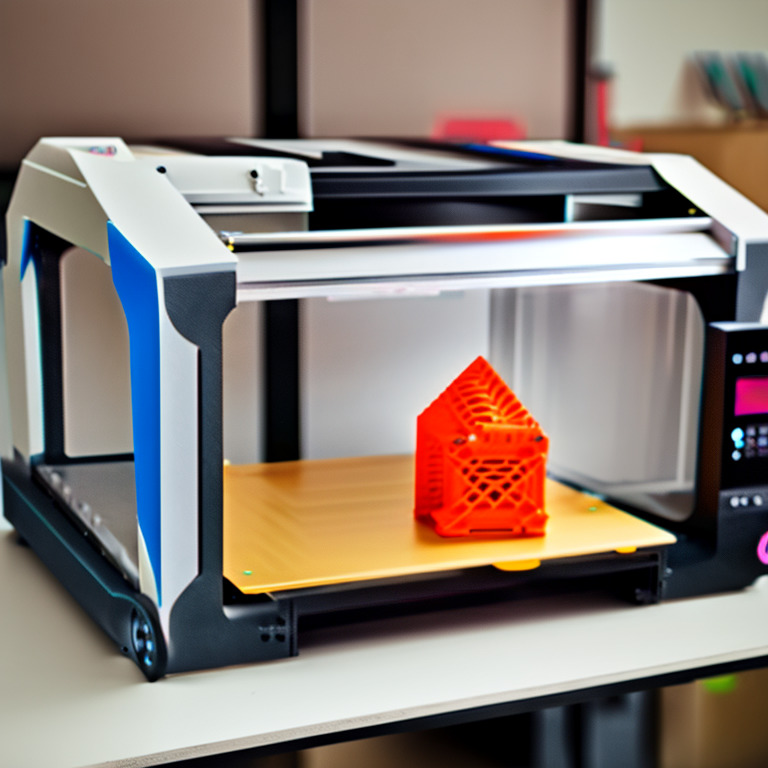
Self Driving Cars: The Future of Transportation
Self Driving Cars
Have you ever imagined a world where you don’t have to worry about Self-Driving Cars? Well, I have good news for you because self-driving cars are now a reality! Yes, you heard it right, and no, I’m not kidding.
In this article, we will explore the world of self-driving cars that use driver assistance technologies, and how they can change our lives. So buckle up, grab some snacks, and let’s hit the road!
What are Self Driving Cars?
Adaptive cruise control vehicles, are vehicles that can navigate and drive themselves without human input. They use a combination of sensors, cameras, and machine learning algorithms to detect their surroundings and make decisions on the road.
Think of it as having a personal human driver who never:
- Complains about traffic
- Gets lost
- Drives recklessly
- Disobey Traffic lights
- Hits pedestrians
- Forgets a driving task
These cars have the potential to revolutionize the way we travel, making it safer, more efficient, and more enjoyable. With such amenities such as:
- Driverless cars
- Electric Car
- Autonomous Technology
- Internet Connected Interface
- Collision Detection
- Artificial Intelligence
- Light Detection
- Much more
Do they have pedals and a steering wheel?
Self driving cars are becoming increasingly popular, but do they have pedals and a steering wheel? The answer is that it depends on the level of autonomy of the car. Level 5 autonomous vehicles, which are fully self-driving and require no human intervention, do not have a steering wheel or pedals.
However, lower levels of autonomy may still require human input in certain situations, such as unexpected road closures or inclement weather. In these cases, the car may have a steering wheel and pedals for the driver to take control if necessary. As technology continues to improve, it is likely that more cars will move towards full autonomy and eliminate the need for traditional driving inputs altogether.

Ford BlueCruise
Ford has introduced BlueCruise, a hands-free driving system that allows drivers to take their hands off the wheel and feet off the pedals on certain pre-mapped highways. This self driving cars technology is a step towards achieving Ford’s goal of making autonomous vehicles accessible to everyone.
The BlueCruise system uses cameras and sensors to ensure safety, and it also includes features like lane-centering, speed control, and automatic emergency braking. With this new technology, drivers can enjoy a more relaxed and stress-free driving experience while still maintaining control and ensuring safety on the road.
Toyota e-Palette operation
Toyota is leading the way in self-driving cars with their innovative e-Palette operation. The e-Palette is a modular electric vehicle that can be customized for a variety of different uses, from ride-sharing to delivery services. Toyota’s vision is to create a fleet of autonomous e-Palettes that can seamlessly integrate into our daily lives, making transportation more efficient and convenient than ever before.
With advanced sensors and mapping technology, these vehicles are designed to safely navigate complex urban environments with ease. As we move towards a future of autonomous transportation, Toyota’s e-Palette operation is paving the way for a new era of mobility.
Audi Self Driving
Audi is also pushing the boundaries of autonomous driving with their advanced self-driving technology. The Audi A8 sedan comes equipped with a Level 3 autonomous driving system that allows drivers to take their hands off the wheel and focus on other tasks while still being able to take control when needed.
The system uses cameras and sensors to detect traffic and obstacles, and it can even change lanes on the highway automatically. With Audi’s self-driving technology, drivers can experience a new level of comfort and convenience on the road, while still ensuring safety and control at all times.
Tesla Autopilot and Full Self-Driving
Tesla Autopilot and Full Self-Driving are two of the most advanced autonomous driving systems available in the market today. Tesla’s Autopilot system is designed to assist drivers with some of the more tedious aspects of driving. The Tesla model s can keep a vehicle in its lane, maintain speed, and avoid obstacles.
Full Self-Driving, on the other hand, takes this a step further by allowing vehicles to navigate complex driving situations without any human input. While these technologies are still in their infancy, they hold tremendous promise for revolutionizing the way we get around and reducing accidents caused by human error.

Waymo
Waymo is a self driving cars company owned by Alphabet Inc., which is the parent company of Google. Waymo’s autonomous vehicles are equipped with advanced sensors, cameras and software to safely navigate roads without human intervention.
With Waymo’s technology, self driving cars can detect objects from up to 300 meters away and make decisions in real-time to avoid obstacles. The company has already started testing its autonomous vehicles on public roads.
What the SAE and NHTSA are doing
The Society of Automotive Engineers (SAE) and the National Highway Traffic Safety Administration (NHTSA) are working together to develop industry standards and regulations for autonomous vehicles.
The SAE has developed a scale that categorizes self-driving cars from level 0 (no automation) to level 5 (full automation), which helps manufacturers and regulators understand the capabilities of different vehicles.
Meanwhile, the NHTSA is responsible for ensuring the safety of autonomous vehicles on US roads. The agency has issued guidelines for the testing and deployment of self-driving cars, with a focus on ensuring that they are safe for passengers
Testing mobility by the mile
Self driving cars have been a hot topic for some time now, and companies like Waymo are leading the charge in developing this technology. With advanced sensors, cameras and software, their vehicles can navigate roads without human intervention, making them safer and more reliable.
The SAE and NHTSA are also stepping up to regulate this new industry, developing industry standards and safety guidelines to ensure that autonomous vehicles are safe for passengers.
The Levels of Automation
Self driving cars come in different levels of automation, ranging from Level 0 (no automation) to Level 5 (full automation). Let’s take a closer look at each level.
L0: No Automation – This level of automation means that the driver is responsible for all aspects of driving the vehicle.
L1: Driver Assistance – This level of automation includes features such as cruise control, lane departure warning, and automatic braking.
L2: Partial Automation – This level of automation means that the vehicle can control two or more aspects of driving, such as acceleration and steering, but the driver is still responsible for monitoring the road.
L3: Conditional Automation – This level of automation means that the vehicle can handle all aspects of driving under certain conditions, such as on a highway, but the driver must still be ready to take over when necessary.
L4: High Automation – This level of automation means that the vehicle can handle all aspects of driving under most conditions, but may still require human intervention in certain situations.
L5: Full Automation – This level of automation means that the vehicle can handle all aspects of driving under all conditions without human intervention.
As of now, most self-driving cars on the road are at Level 2 or 3, but experts predict that Level 5 vehicles will be available within the next decade.
The Benefits of Self-Driving Cars
Self driving cars have numerous benefits that can make our lives easier and safer. Here are some of the most significant advantages.
Safety – They can reduce accidents caused by human error, such as distracted driving or drunk driving.
Efficiency – These cars can optimize traffic flow, reduce congestion, and save time by choosing the most efficient route.
Accessibility – They can provide mobility for people who cannot drive due to physical or cognitive disabilities.
Productivity – Free up time for passengers to work, relax, or socialize, increasing productivity and reducing stress.
Environmental Impact – These cars can reduce fuel consumption and greenhouse gas emissions by optimizing speed and reducing idling.
The Challenges of Self Driving Cars
Despite the many benefits of self-driving cars, there are still some challenges that need to be addressed before they become widespread. Here are some of the most significant challenges.
Regulation – They require new regulations and policies to ensure safety and accountability.
Security – Self-driving cars are vulnerable to cyber attacks, and their security needs to be addressed to prevent hacking.
Cost – Cars are still expensive to produce and maintain, making them inaccessible to many people.
Infrastructure – They require an advanced infrastructure, such as high-speed communication networks and smart traffic signals, which may take time to implement.
Are there self-driving cars now?
Yes, there are self driving cars available now, although they are not yet widely available and may be limited to certain geographic areas or specific use cases. Companies such as Tesla, Waymo, Uber, and Cruise are making them. They can be found in America at stop signs when you see a Tesla with no driver behind the wheel. Just kidding.
How does Self Driving cars clear up traffic congestion on roadways?
Self-driving cars can help reduce traffic congestion in the United States. They do this by optimizing traffic flow and choosing the most efficient route. They can communicate with other self-driving cars on the road, as well as with smart traffic signals to coordinate their movements and reduce bottlenecks.
How does an autonomous car replace car drivers by taking control of the vehicle
Vehicle Automation (self-driving vehicles) are equipped with advanced sensors and software that allow them to perceive their environment and make decisions based on that information. These systems work together to control the vehicle, including accelerating, braking, and steering. With these capabilities, the autonomous car replaces the need for a human driver to operate the vehicle.
Which car can drive itself?
Several cars on the market today are equipped with self-driving technology, including Tesla’s Model S, Model X, and Model 3 vehicles. Other car manufacturers, such as Audi, BMW, Mercedes-Benz, and Volvo also offer vehicles with varying levels of self-driving capabilities.
Conclusion
Self-driving cars are the future of transportation. And also they have the potential to transform the way a car drives, works, and travels. While there are still some challenges to overcome, the benefits of self-driving cars are undeniable.
In the coming years, we can expect to see more self-driving cars on the road in Los Angeles, San Francisco and Nevada. From companies like Volkswagen, BMW, General Motors, and many others. As technology advances and regulations catch up from the Federal Motor Vehicle Safety Standards act. We may even see a world where they become the norm, and human-driven vehicles become a thing of the past.
be sure to follow on Facebook, twitter, Pinterest and Instagram.

